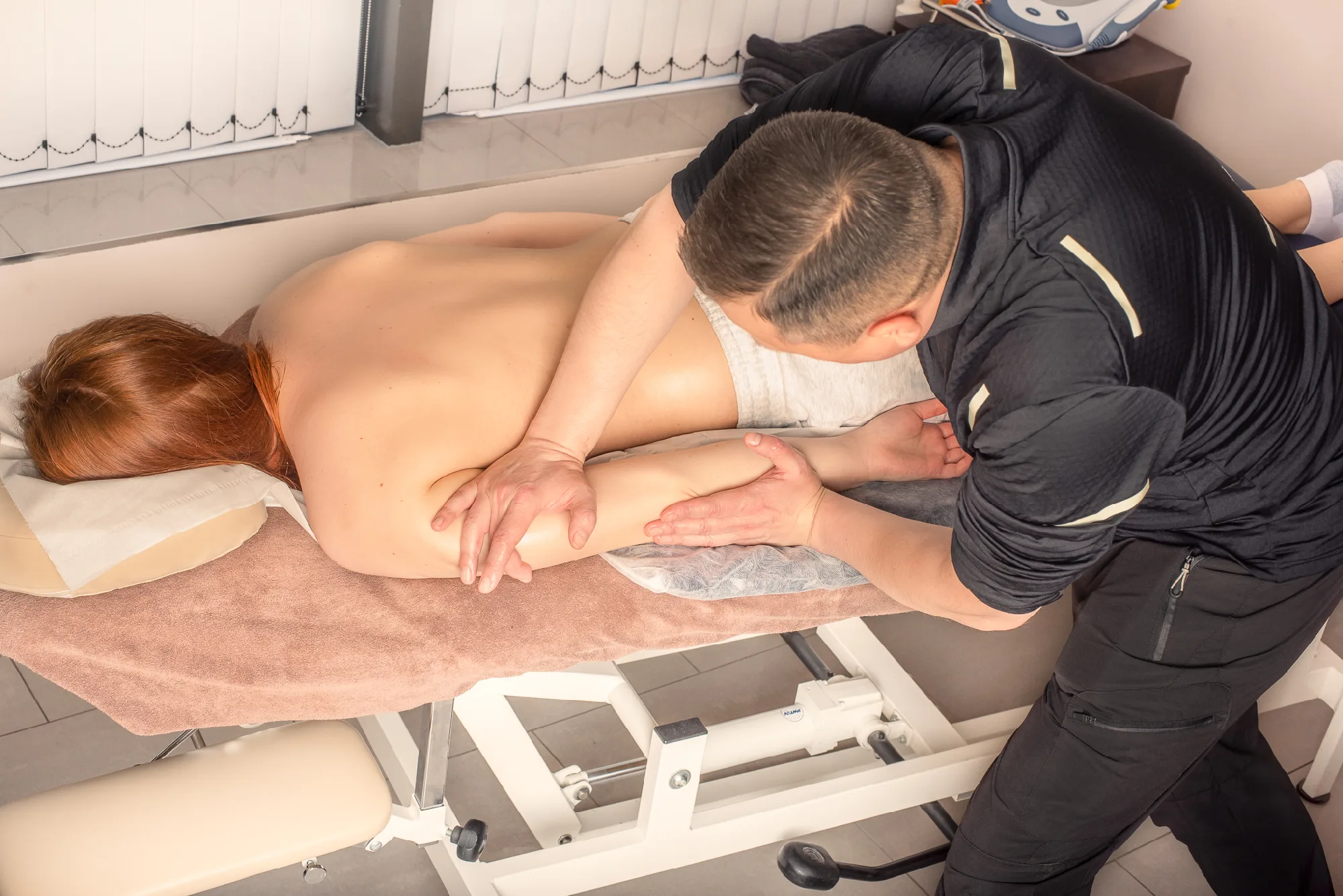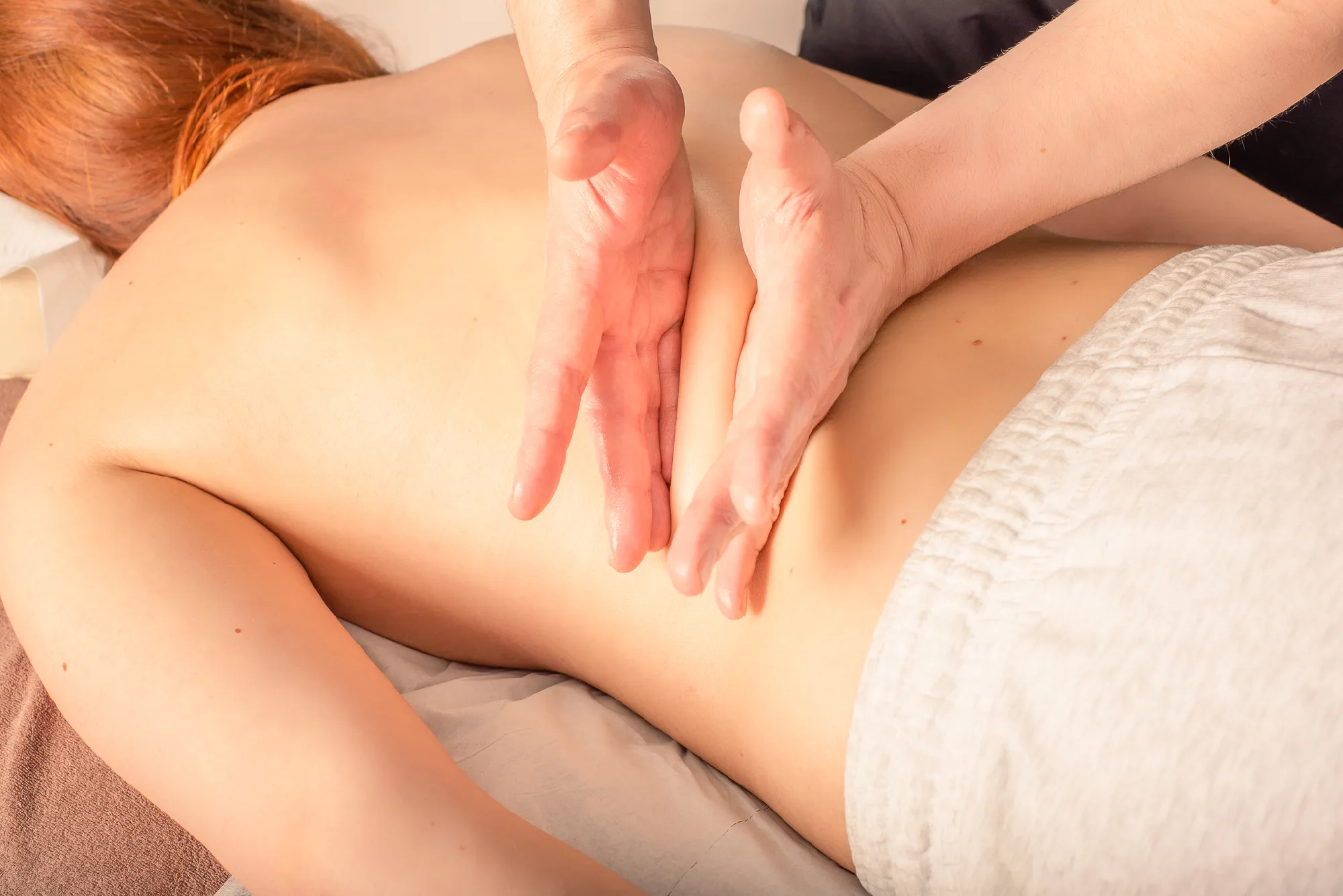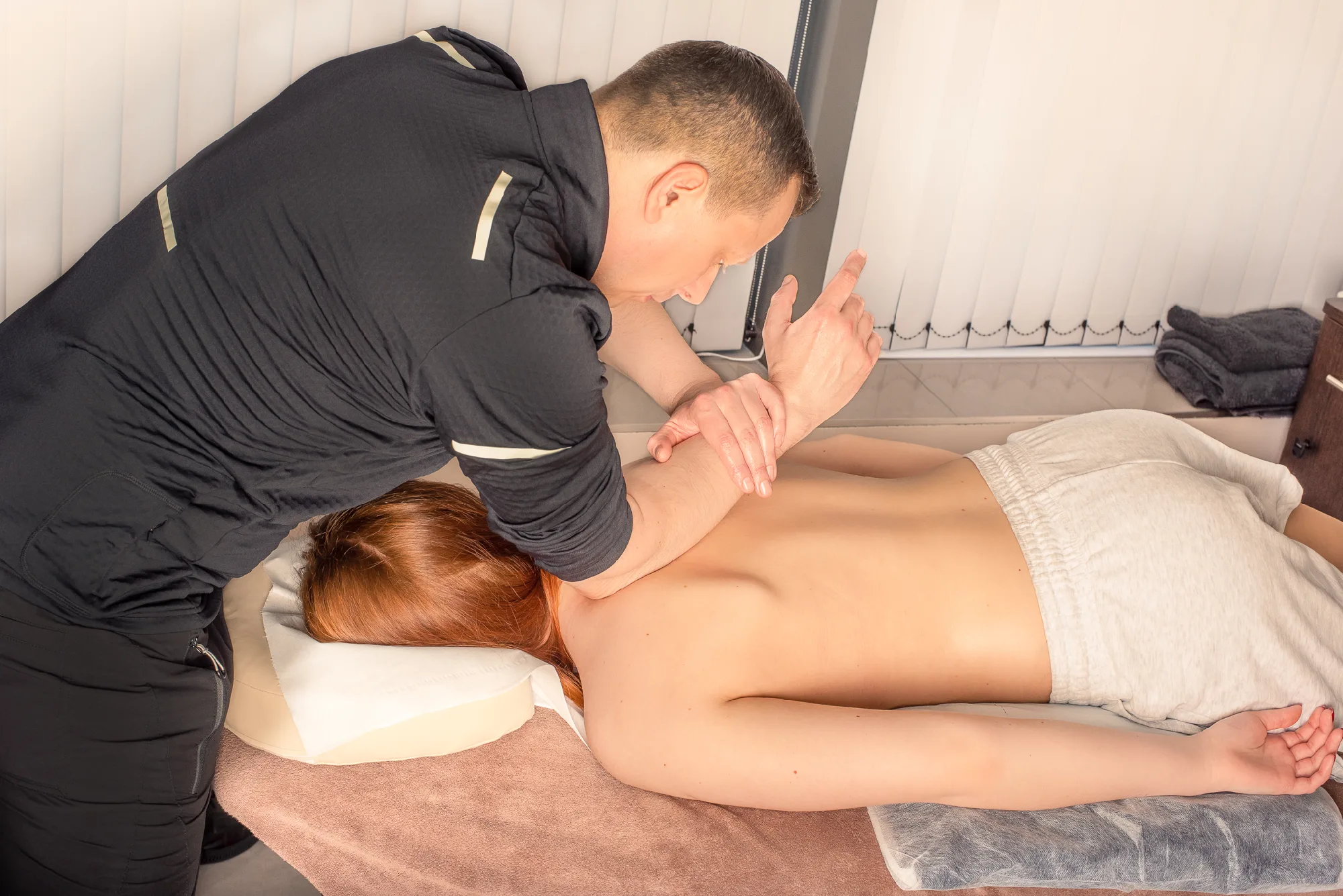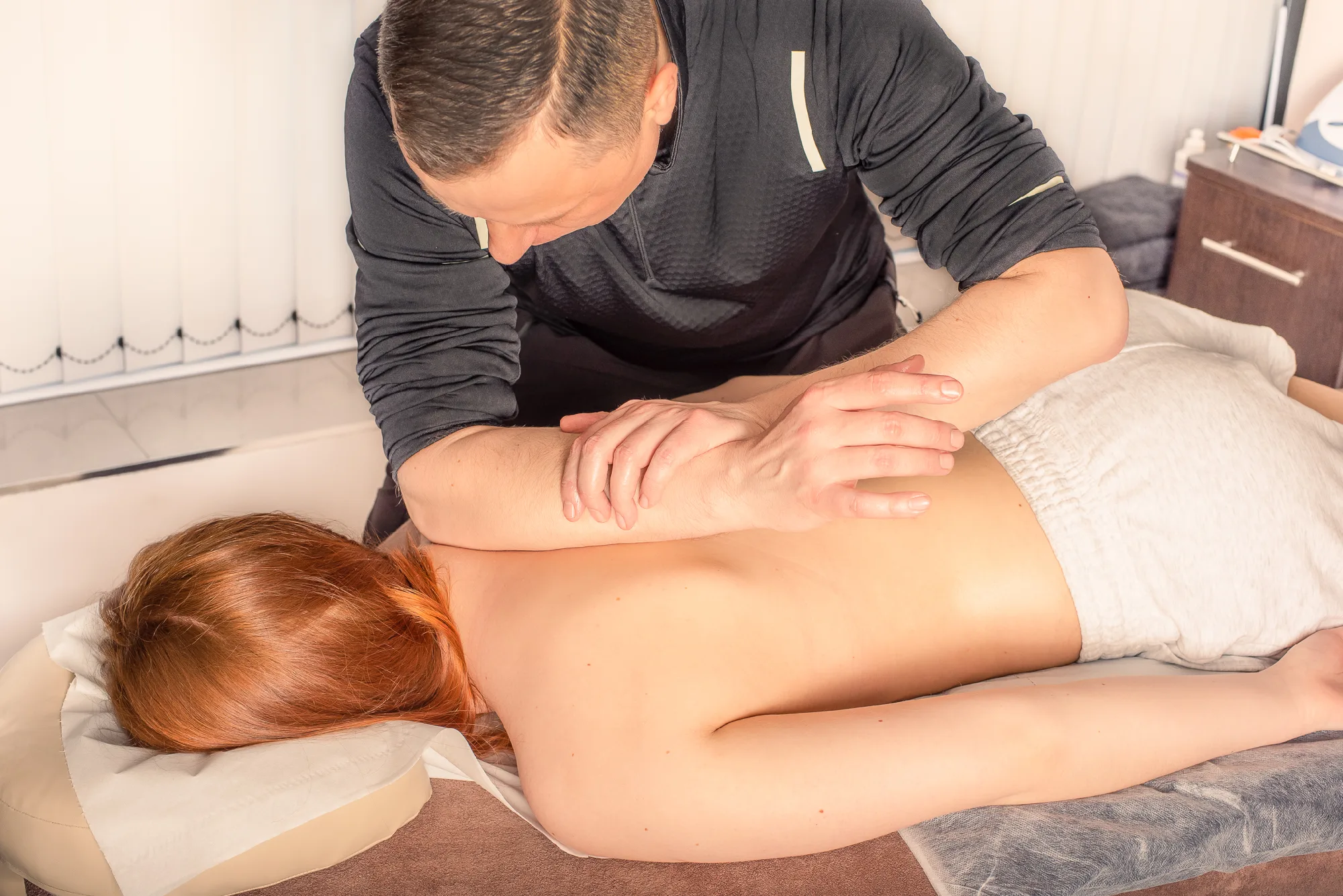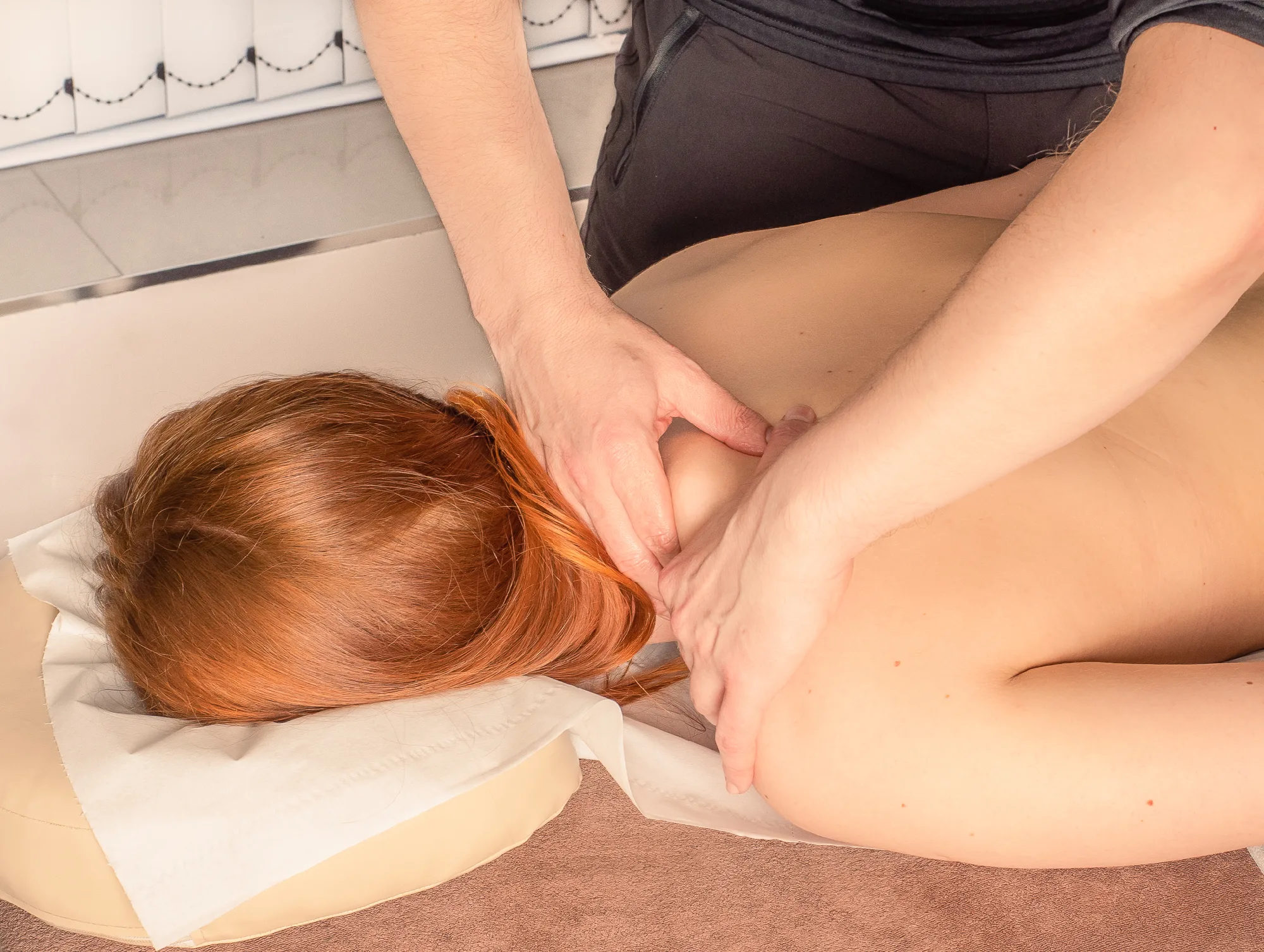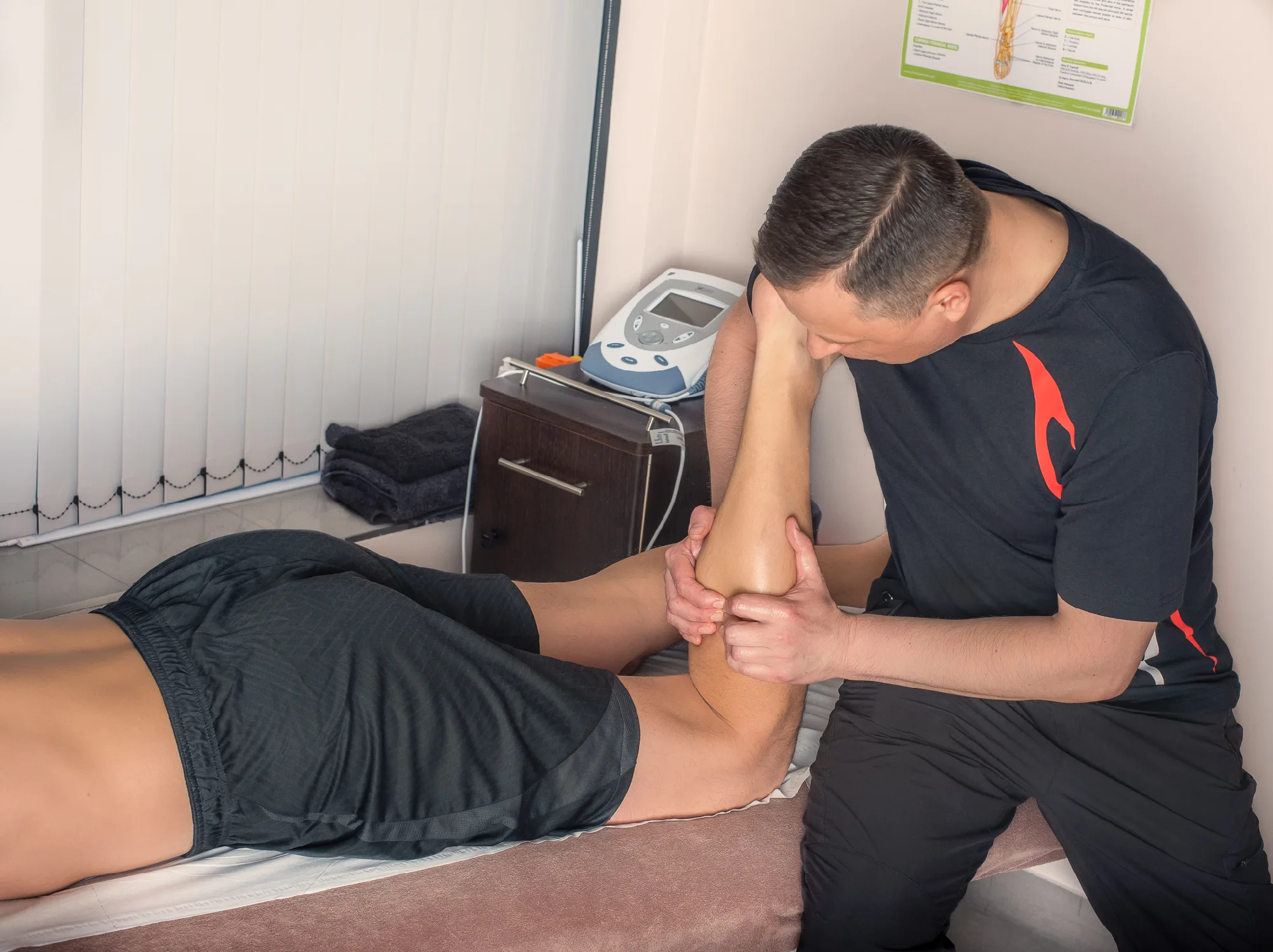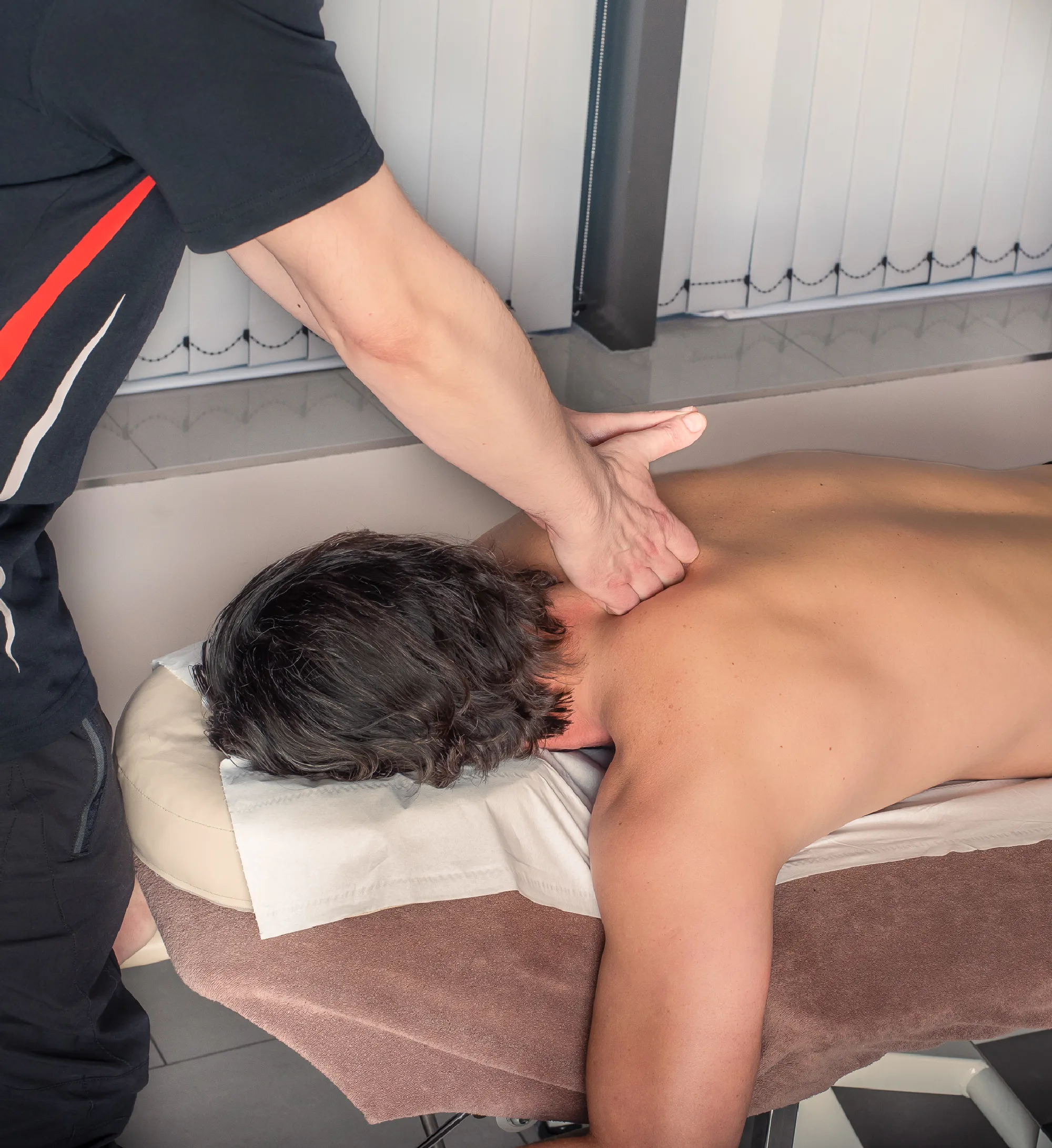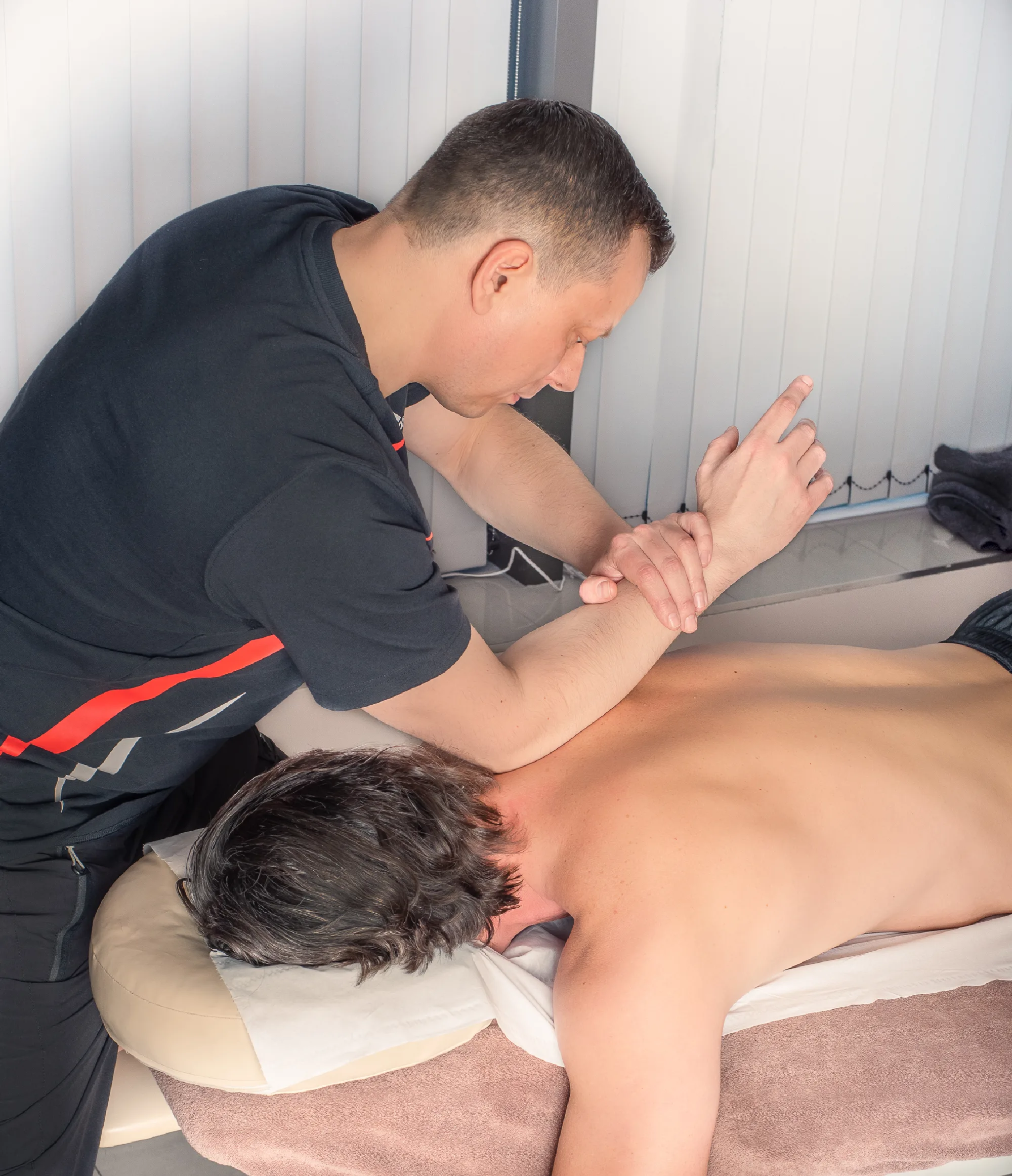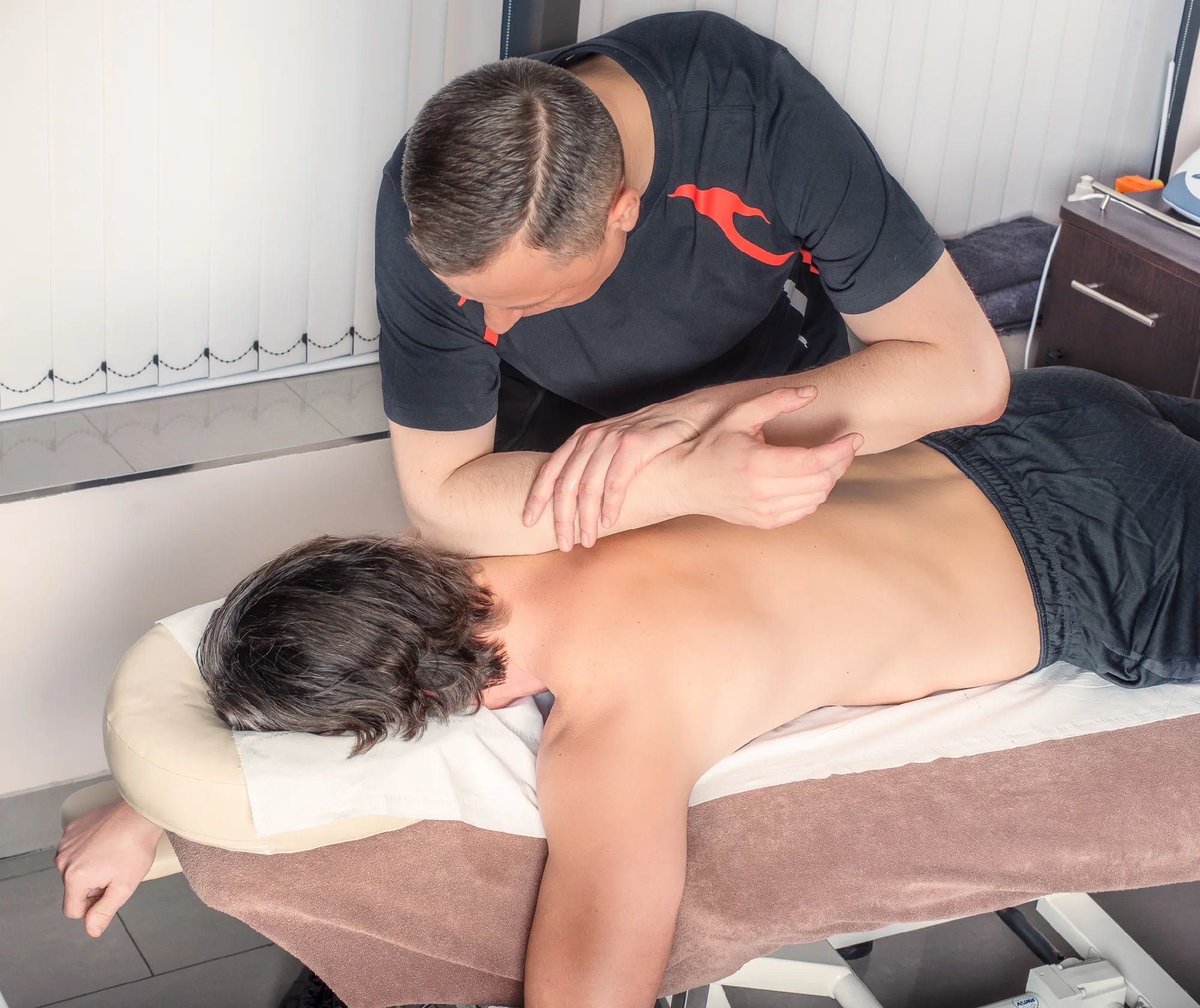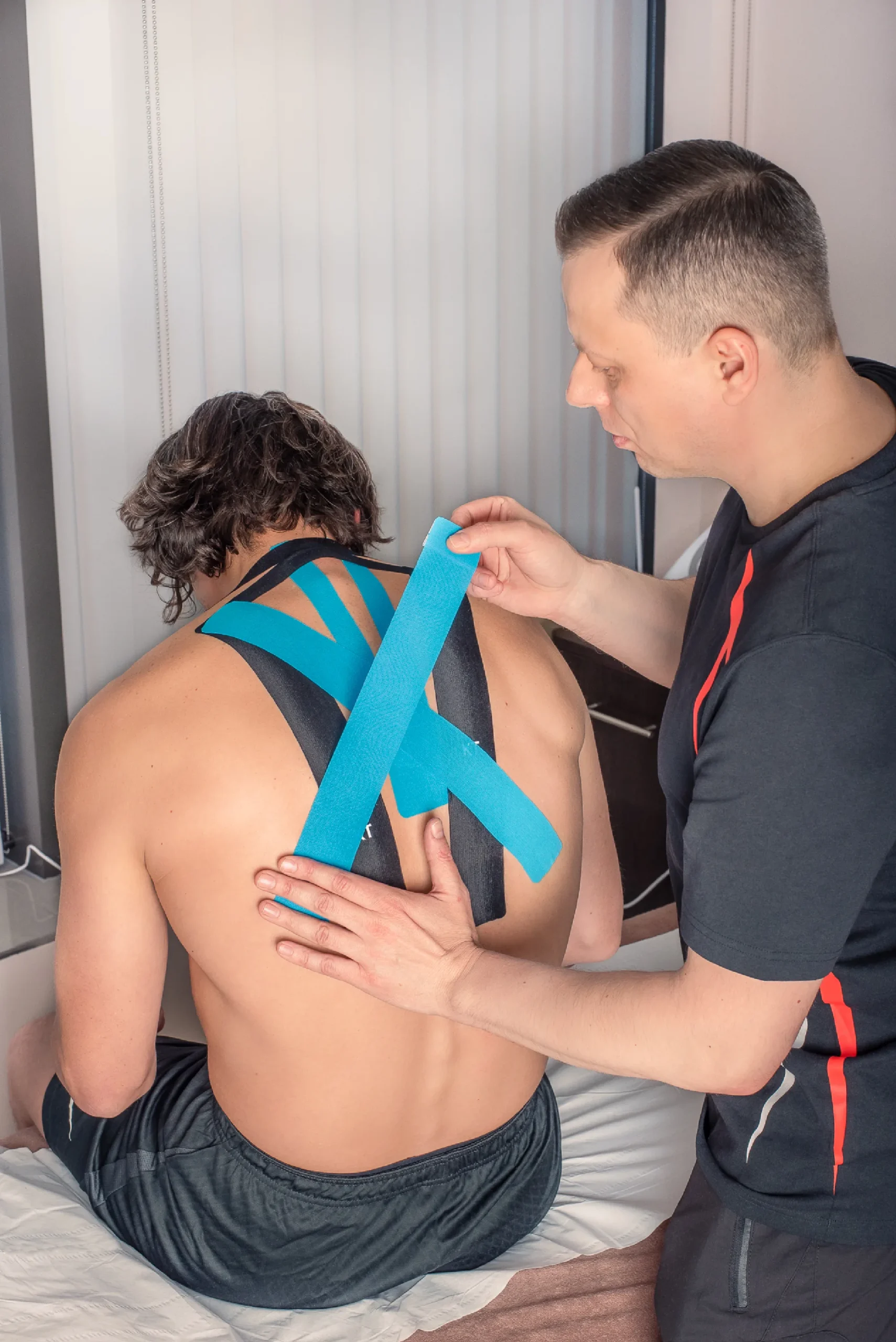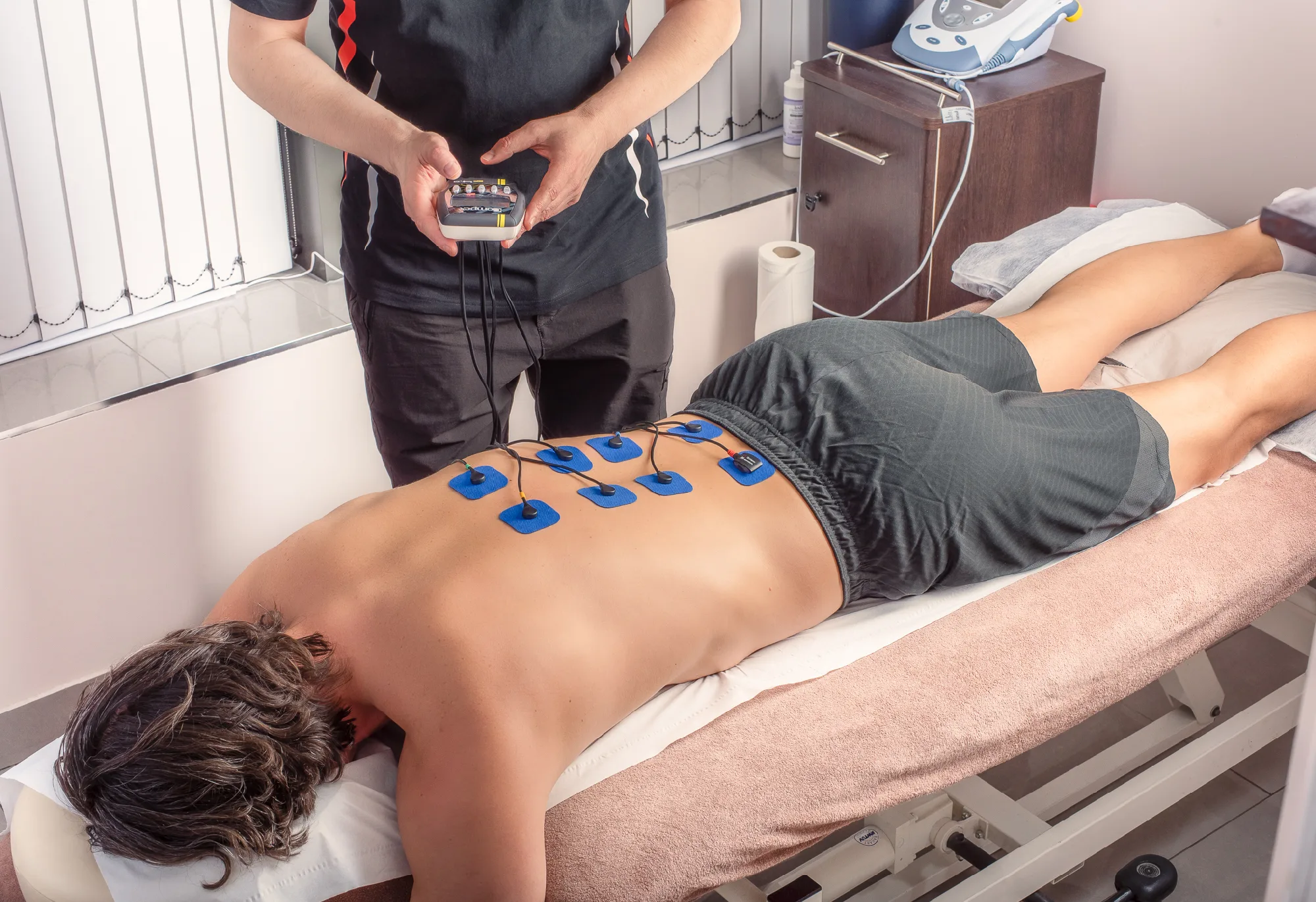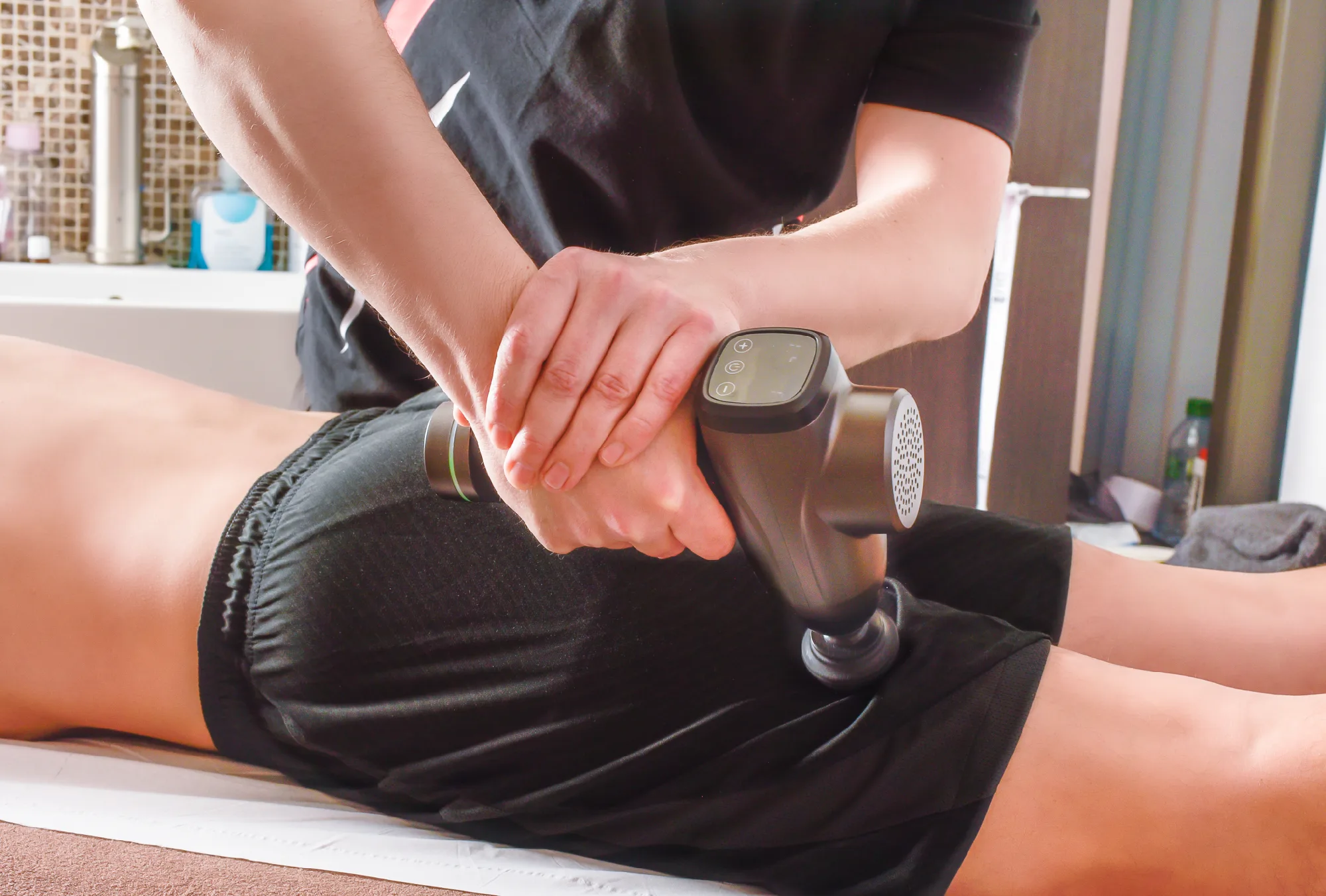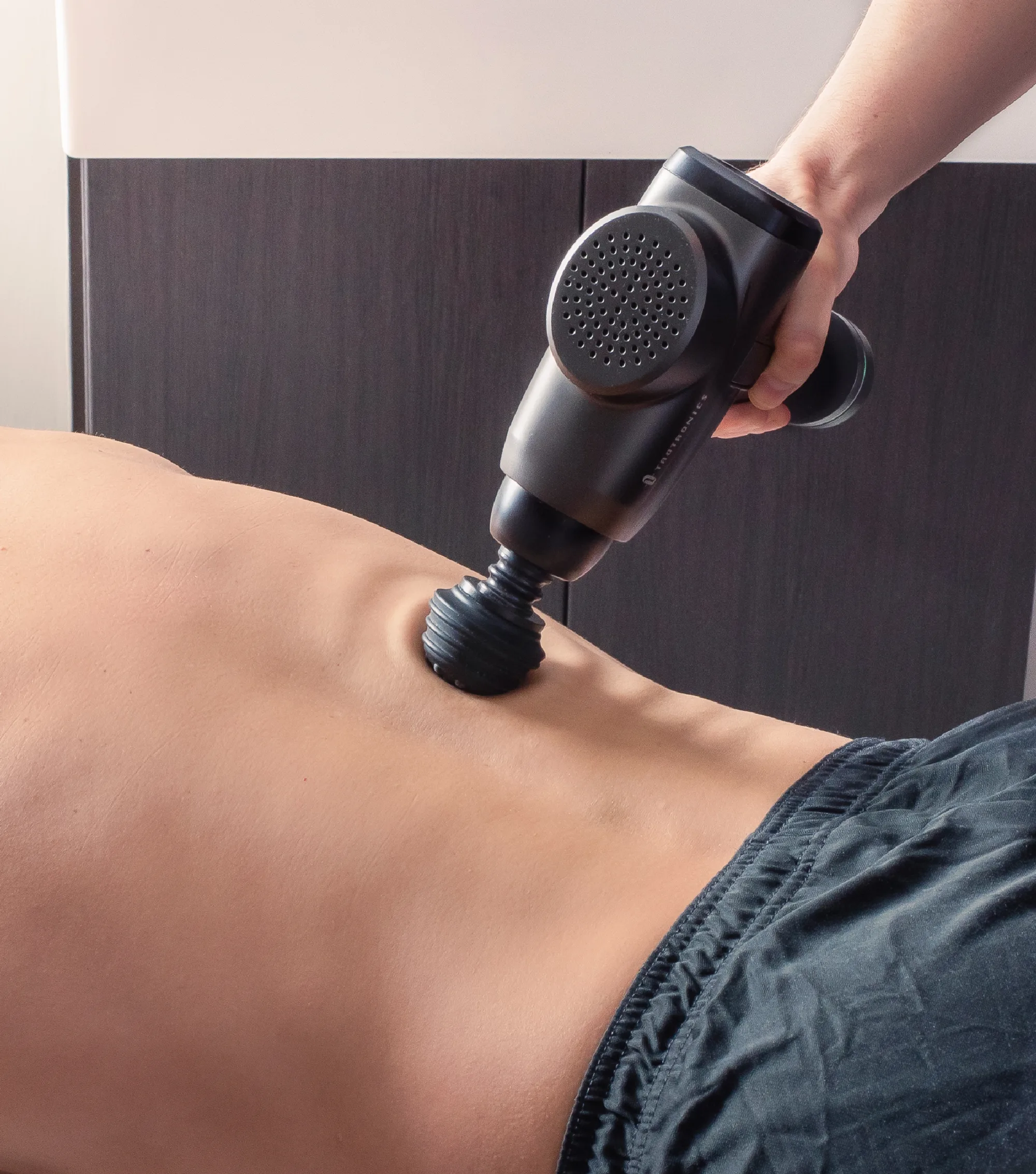Therapeutic massage
Therapeutic massage is a special and dosed complex of mechanical and reflex effects on the body surface.
Therapeutic massage is a special and dosed complex of mechanical and reflex effects on the body surface.
In the scientific literature, the effects of massage are divided into: mechanical, neuroreflective, humoral and psychological.
The mechanical effect of massage on the body is directly manifested in reducing muscle tension, restoring normal muscle length, increasing the elasticity of tendons, ligaments and subcutaneous connective tissue, an increase in temperature achieved by rubbing, improvement of blood and lymphatic circulation, activation of metabolism in the skin, muscles and joints, and improvement of intestinal function. The interaction between different tissue layers improves. It is possible to improve joint mobility, remove hardening of the subcutaneous tissue and the tissues surrounding the muscles and nerves.
The basis of the effect of neuroreflective massage is the physiological law that the activity, growth and transformation of organs and tissues take place due to the propagation of nerve impulses. Nerve impulses are sent by the central nervous system (CNS). It does not operate on the basis of chance, but on the basis of information obtained from the external environment. In response to irritation, the sensory organs, one of them the skin, and certain muscle and joint structures transmit information to the CNS by the nerve impulses of the peripheral nervous system. Receptors of the peripheral nervous system in the skin and muscles convert the mechanical energy of the massager’s hand movement into electrical energy, which is transmitted to the CNS through nerve tissue as nervous excitation and processed there. There is a chain of complex reflex reactions that cause indirect effects not only on the nervous system, but also on the entire musculoskeletal system (bones, muscles, joints), blood, lymph circulation and even internal organs and the psyche. The strength and level of the body’s responses depend on the CNS’s high nervous activity (psychoemotional state) and the functional state of the receptors in the massage area, the clinical picture of the disease and the choice of massage actions, their intensity, speed and sequence.
The humoral effect of massage is manifested by an increase in the activity of endocrine glands hormones and bioactive enzymes. This has a positive effect on the blood supply to the tissues and the metabolic processes – catabolic (which breakdown the body’s tissues) and anabolic (which builds the body’s tissues). Massage reduces the level of stress hormones adrenaline and cortisol, as well as increases the production of beneficial hormones serotonin and oxytocin, increases dopamine, histamine and acetylcholine. In the nervous system, endorphins, enkephalins are released, and dynorphin reacts with special, non-pain-transmitting neuronal opioid receptors, which reduces pain and creates a feeling of well-being.
Psychological effects are manifested in improved mood, greater emotional stability, increased work capacity.
It may be helpful to dispel some of the misconceptions before defining deep tissue massage. Most important, it is not a rote technique consisting of prescribed strokes or the use of increasingly powerful “artillery” such as knuckles, fists, or elbows. A deep massage is not a ” hard” massage, which is simply the result of exerting more effort; it does not require exceptional strength or size. A massage should never consist entirely of deep work. This would be overwhelming to the client and exhausting to both client and therapist. Deep tissue techniques are intended to be used when the need arises, perhaps several times during a massage. It is as if you are driving on a country road and must slow down and downshift to a more powerful gear when encountering hills or sharp curves.
But what is deep tissue massage? A simple definition might be: the understanding of the layers of the body, and the ability to work with tissue in these layers to relax, lengthen, and release holding patterns in the most effective and energy efficient way possible. There is no sharp demarcation between a “regular” massage and deep tissue work.
Deep tissue massage may be somewhat quantifiable by qualities such as depth of pressure, speed of strokes, or use of elbows and knuckles, its practice may vary, depending on therapist, setting, and client.
In deep tissue massage there is less emphasis on pleasure as the primary goal and more emphasis on altering structure and muscle restrictions. This is not to say that the work is not pleasurable. Most clients, once they are accustomed to the benefits of deep tissue work, prefer the increased degree of relaxation, the alleviation of pain, and the longer lasting benefits.
The alleviation of pain, bringing about better posture, more flexibility, and fluid movement-these are all potential goals that are possible to achieve with deep tissue massage.

